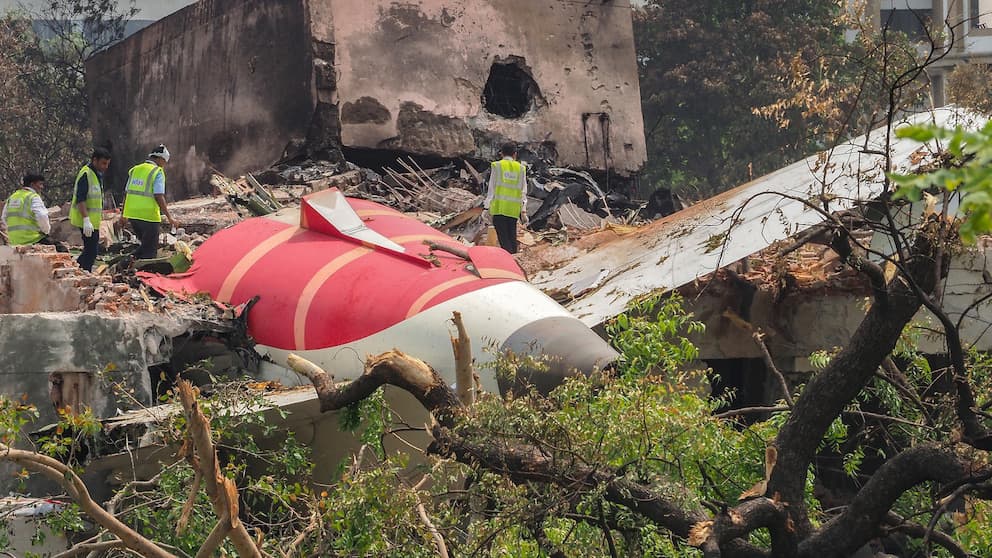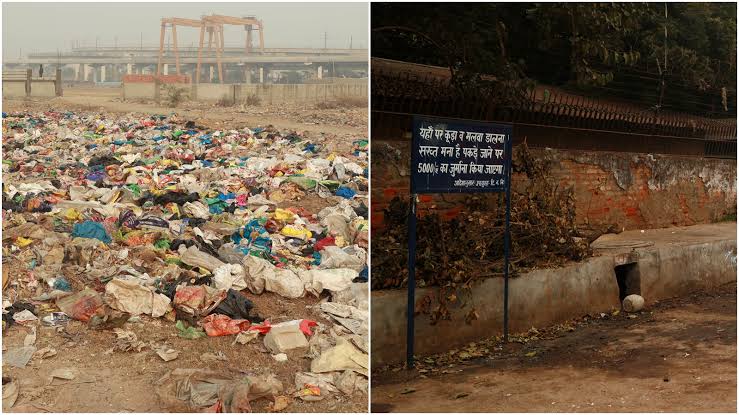
The Air India plane crash that recently shocked the nation has raised serious questions about aviation safety and the growing pressures on the industry. This tragedy, which resulted in the loss of lives and injuries, highlights the immense responsibility that falls on regulators, pilots, and airline companies.
The incident involved a Boeing 737 that was attempting a landing in heavy rain and low visibility a challenging scenario even for veteran pilots. According to aviation experts, a combination of poor visibility, technical issues, and human error may have contributed to the incident. The black box and flight data recorder are currently under investigation by the Directorate General of Civil Aviation (DGCA) to piece together the exact sequence of events.
This incident brings forward an alarming reality while the aviation industry is growing and adding more routes, the safety measures and training programs must keep up with this expansion. The need for rigorous pilot training, state-of-the-art equipment, and strong maintenance routines cannot be stressed enough. Furthermore, proper rest periods for crew members, clear communication protocols, and updated emergency procedures are crucial in avoiding future accidents.
Public concern over the Air India tragedy is spreading across social media platforms, with many calling for greater transparency and oversight by regulators. The Ministry of Civil Aviation, in collaboration with DGCA, is currently investigating the incident to identify weaknesses in the system. This process aims to make sure we learn from this tragedy and implement stronger safety mechanisms.
Ultimately, the future of air travel in India depends on putting safety first. The growing number of passengers choosing air travel underscores the necessity for absolute vigilance and adherence to international standards. This incident is a painful reminder that there’s no room for shortcuts or compromise when human lives are at stake.
As we move forward, regulators, industry stakeholders, and the community must come together to create a framework that guarantees the safest skies for all.




